Do More with Ultramodern Machines {deck}
The creation of components on ultramodern machines pushes the boundaries of performance and reliability. The post Do More with Ultramodern Machines {deck} appeared first on Fabricating & Metalworking.

The landscape of the metal cutting industry is being altered by ultramodern machining. At the heart of this transformation is ultra-precision machining, powered by advanced CNC systems, robotic automation, and artificial intelligence.
These technologies enable the production of components with exceptionally tight tolerances and complex geometries. Multi-axis machining expands these capabilities, facilitating intricate shaping and contouring. AI and machine learning increasingly play a crucial role in optimizing processes, providing real-time deviation prediction and correction. The utilization of robotics ensures consistent and efficient material handling. This level of precision is indispensable in sectors such as aerospace, where advanced materials and accuracy are required for the manufacture of engine components and other critical parts, and in the medical field, where high-accuracy production of implants and surgical tools is essential.
The integration of leading-edge technologies and machinery is fundamentally changing manufacturing, enabling the development of components that redefine performance and reliability standards.
Introducing a Breakthrough in Tap Manufacturing

ANCA CNC Machines (Wixom, MI) patented Motor Temperature Control (MTC) technology is an innovative feature that enables the production of consistently high-quality taps by addressing a key challenge — thermal growth. MTC tackles the problem of inaccuracy and variation caused by thermal expansion. Traditionally, manufacturers rely on measurement and compensation to control these variations, adjusting for thermal and mechanical changes during grinding.
But what if there was a way to eliminate a major source of inaccuracy altogether? MTC does exactly that. This patented technology allows operators to set the spindle temperature for production, and the machine automatically monitors and maintains that temperature. By stabilizing the spindle’s thermal environment, MTC removes fluctuations caused by thermal growth, ensuring greater precision and consistency in tap production.
Applying this unique and innovative solution to ANCA’s TapX, using the cresting operation as an example.
Thread cresting is one of the most important tap features to get right. The relief of the thread typically involves a drop of 10-to-20 microns over the thread. The quality and shape of the thread crest are critical to the performance of the final (cut or formed) thread.
Threading is often the final operation in the manufacturing of parts, so taps play a crucial role. We do not want to scrap parts due to a tapped thread when all other value has already been added to the part. For example, the cresting affects:
- Load Distribution and Thread Strength: Different crest types offer varying load distributions. High-load applications rely on high surface contact from a particular crest shape, such as a flat crest. The tap needs to form this large area without jamming or breaking.
- Leak Tightness: Certain crest shapes, like rounded crests, can be more challenging to manufacture but are essential for creating effective seals in gas or fluid environments.
- Thread Engagement: V-shaped threads provide high precision with increased thread engagement, while a tapered crest offers a more forgiving environment for quick or easy assembly, as well as being more durable with reduced wear.
Many tap manufacturers also have their own unique or specialized crest designs to achieve specific characteristics for a particular customer or industry. Reducing coolant pressure is one key to creating conditions for a more controlled operation. However, MTC takes a leap forward by regulating and maintaining a controlled manufacturing environment.
ANCA’s extensive experience has shown that thermal variation in the spindle contributes to variation in tool dimensional accuracy. OD finish operations are particularly sensitive to this. Using MTC significantly improves OD consistency over a batch. Controlling the production environment with MTC enhances the accuracy, quality, and finish of the tap, leading to several benefits, such as improved thread quality and surface finish.
Revolution in 5-axis Universal Machining

With the DMU 60 eVo 2. Generation, DMG MORI Manufacturing USA’s (Hoffman Estates, IL) is setting new standards in 5-axis universal machining and a milestone for precision and productivity. Based on the unique table kinematics, the proven machine concept has been fundamentally further developed to meet the increasing demands for precision, dynamics and flexibility. This is why the DMU 60 eVo 2. Generation successfully utilizes DMG MORI’s Machining Transformation (MX) concept: The machine integrates manufacturing processes such as mill-turn machining, gear hobbing using the gearSKIVING technology cycle and grinding. This process integration transforms this machine into a multifunctional machining solution that can be flexibly adapted to a range of requirements and industries and exploits the full potential of future-oriented machining technology. Intelligent automation solutions optimize machine utilization around the clock if required. Modern control options — a SINUMERIK ONE and a HEIDENHAIN TNC 7 — on CELOS X pave the way for digital transformation (DX).

Also, the DMU 60 eVo 2. Generation can be used flexibly in numerous industries and meets the highest requirements for accuracy in the micrometer range (4 µm in the circular form test). Whether for the smallest tolerances or fast, highly productive machining — the reliability and precision of the machine meets every industrial requirement and are unique in its segment. With an extended work area and a table load limit increased by 100 kg (up to 500 kg), the DMU 60 eVo 2. Generation makes a major contribution to future-proof production in a range of applications.
A stable and temperature-controlled machine bed made of hybrid mineral casting and the gantry design give the new DMU eVo generation its exceptional rigidity as the basis for high-precision machining. The thermo-symmetrical design and a comprehensive cooling concept keep critical components at a constant temperature, including the guide carriages, the Y-slide, the headstock and the B-axis. This guarantees maximum positioning accuracy and thermal stability.
The DMU 60 eVo 2. Generation is also compatibility with all DMG MORI automation solutions, such as the WH Cell workpiece handling system, Robo2Go Milling or PH Cell pallet handling. The space-saving machine layout (the footprint has been reduced by 20%) allows optimum integration into production. It also features a large tool magazine with up to 300 pockets, which is an ideal solution for precise 5-axis simultaneous machining in automated production. Thanks to an innovative tool shutter, the chip-to-chip time has been reduced by one second to just 4.5 seconds.
EDM Delivers More Flexibility for Jet Engine Disk Production
With the goals of increased flexibility and reduced maintenance in mind, GF Machining Solutions (Lincolnshire, IL) developed its next generation CUT S 400 Dedicated wire electrical discharge machine (EDM) that improves the overall production of aerospace jet engine turbine disks, in particular for cutting their fir tree blade patterns. With advanced features and capabilities, the new machine allows manufacturers to cut a wider range of turbine blade diameters and do so with fewer production interruptions due to typical EDM setup and maintenance issues.
The CUT S 400 Dedicated gives manufacturers the flexibility to create the complete range of popular jet aircraft engine disk diameter sizes with one machine. Geared toward those disks made from nickel-based or waspaloy alloys used in the “hot” critical side or the “cold” non-critical side of an engine, the new EDM handles disks measuring from 160 mm up to 680 mm in diameter.
Thanks to its new, more robust rotary/tilt axis, the machine easily manages heavier part loads without risk of deflection. A new additive manufactured smaller lower head nozzle size also provides additional room for smaller disk diameters while allowing for the use of various types of wire and wire guide diameters.
Besides increased part size flexibility, many of the machine’s new technological advancements make required maintenance easier and less frequent, which in turn reduces the amount and duration of non-cut time and helps lower cost per part. These advancements are evident in the machine’s casting, tank design and filtration system that help combat problems caused by EDM particles/residue generated by long hours of disk production cutting.
Turn Mill Provides Single-setup Machining of Highly Complex Parts

The G220 from INDEX Corp. (Noblesville, IN) incorporates powerful twin spindles, a robust, 5-
axis milling spindle, and large tool capacity to produce highly complex, small-to-medium-sized parts in a single setup.
As with all machines in the successful G Series of turn-mill centers, the G220 is built on a rigid, vibration damping machine bed in a mineral cast block design. Two identical, fluid-cooled spindles provide 47 hp (35 kW) and 140’ lbs. (190 Nm) at 100% DC. The smallest machine in its family, the G220 accommodates bar stock to a maximum diameter of 3.0″, (76 mm), chucked parts to a maximum diameter of 9.1″ (230 mm), and workpieces to a maximum turning length of 35.4″ (900 mm).
Twin turrets located at the bottom of the machine’s workspace move along the X, Y and Z axes for maximum flexibility. Companies can select between 15-tool turrets with a VDI25 interface of 12-tool turrets with a VDI30 interface. All turret stations can be equipped with live tools.

A powerful, 5-axis milling spindle is available in an HSK-T63 interface with specs of 12,000 rpm, 60.3 hp (49 kW) and 53.1’ lbs. (72 Nm) at 25% DC, or an HSK-T40 interface with specs of 18,000 rpm, 25.5 hp (19 kW) and 22.1’ lbs. (30 Nm) at 25% DC. The motorized milling spindle is provided on a Z-axis slide with a hydrodynamically mounted Y/B axis arranged above the axis of rotation.
The machine’s milling spindle is served by a large-capacity tool magazine, the largest version of which can house up to 139 tools. Stations in the magazine are accessible via setup stations on both the front and rear of the machine. The positioning of spindles and turrets allows for simultaneous machining with the motorized milling spindle and both turrets with no risk of collision, which can reduce cycle times.
Multi-tasking Machines Deliver High-Precision, Productivity and Energy
Efficiency

Mazak Corp. (Florence, KY) continues to expand its NEO Series of machines with the new INTEGREX j-200 and j-200S NEO models. The horizontal multi-tasking machines feature single and twin-turning spindle versions with milling spindles to significantly shorten cycle times and provide single-setup part processing. As part of the NEO Series, the machines combine advanced technology and outstanding value with high-performance productivity.
INTEGREX j-200 and j-200S NEO advanced technology encompasses enhancements that include higher-torque integral spindle technology for maximum material removal, specifications for faster spindle rpm, positioning accuracy and higher torque ratings along with expanded tool magazine capacities and longer tool lengths. Added heat displacement compensation equipment provides stable machining accuracy, increased operating efficiency and reduced power consumption.
High-performance specifications ensure increased spindle torque ratings of 20 hp/240’-lbs. (15 kW/326 Nm) for main spindles, 20 hp/123’-lbs. (15 kW/167 Nm) for second spindles and 25 hp/42’-lbs. (18.5 kW/57.3 Nm) for B-axis milling spindles that provide 0.0001-degree indexing positioning. Tool magazines now accommodate up to 72 tools and allow for maximum tool lengths up to 9.8” (250 mm).
For heat compensation, Mazak’s AI Thermal Shield on the new machines suppresses changes in the cutting-edge position based on spindle speed and temperature of the machine. The function stabilizes continuous machining accuracy through meticulous machine control, considering temperature changes, machine position, coolant ON/OFF and other factors. New AI algorithm calculations improve the accuracy of compensation, and with accumulated and learned data from subsequent measurements, thermal displacement compensation is optimized for each machining environment for stable machining accuracy.
Paired with the INTEGREX j-Series NEO machines, Mazak’s Smooth Coolant System boosts both energy and labor efficiency. The system reduces coolant cleaning frequency for less required maintenance, while integrated inverter controls for multiple coolant system pumps optimize operational efficiency. This results in power consumption reductions up to 20% and less CO2 emissions. Along with the coolant system, high-capacity coolant tanks enable continuous operation for long periods of time as with fully automated machine operation.
Featuring Mazak’s MAZATROL SmoothG control, the machines also excel at high-speed and high-accuracy machining, offering both G-code and conversational programming platforms. For seamless automation to help shops overcome skilled labor shortages while keeping pace with increasing production demands, Mazak offers its Ez Loader for the new INTEGREX j-200/j-200S NEO machines. This system incorporates a stand-alone, plug-and-play automation system that uses multiple pallets, an easy to use programmable pendant, compact floor space and all necessary equipment for a flexible hassle-free machine integration and lights-out production.
Lean Mass Production for Small Workpieces

The MW35, a twin spindle CNC chucker from Muratec (Murata Machinery USA in Charlotte, NC), is designed to perform secondary operations for screw machine blanks and fasteners at lightning speeds. This is the perfect machine for simple aerospace, automotive and fitting parts.
The machine’s low height allows for clear shop floor visibility. With the combined operations of simultaneous X1 and X2 axes and a built-in, high-speed, swing-type loader, the result is an extremely fast overall part-to-part cycle time.
Along with its built-in workpiece ejector, the spindle on the MW35 has a maximum speed of
6,000 rpm, resulting in faster acceleration and deceleration control. It comes equipped with a gang-type tool plate, as well as an optional sub-tool rest for a forming tool (X2 Axis).
New Horizontal Machining Center Features Large Machining Area

The MA-4000H Horizontal Machining Center from Okuma America Corp. (Charlotte, NC) features one of the largest machining areas of its class and has the spindle power and speed for maximum efficiency and productivity. The versatile MA-4000H joins Okuma’s extensive line of machines designed for heavy, high-performance metal machining for both mass production and variable-volume production runs. This versatility is made possible by the product’s range of available spindle options. Notably, this machine is designed with one of the largest machining areas in its class, while also maintaining a compact, space-saving footprint. The MA-4000H is also equipped with Okuma’s proprietary “sludge less tank” chip and coolant management technology, which improves chip discharge and prevents chip accumulation to optimize productivity, even during the most intense portions of machining.
The MA-4000H is also equipped with Okuma’s new, proprietary OSP-P500 CNC control. The control’s dual-core processor and advanced capabilities, paired with the MA-4000H’s rigidity, allow for maximum accuracy and machining performance.
Efficient High-precision, Heavy-duty Machining

Image courtesy of Starrag.
A new addition to Starrag USA Inc.’s (Hebron, KY) compact modular system is the Heckert H80 horizontal machining center with integrated facing slide. It is a further development of the well-established Heckert HEC 630, which was specially developed for precise drilling and milling of complex workpieces. The Heckert H80 has been designed to further increase the already high productivity of this tried-and-tested horizontal machining technology from Chemnitz by a further 5%-to-10% and improve the precision and surface quality.
With a pallet size of 24.8”-x-31.5” (630 mm-x-800 mm) and a maximum load of up to 3,968 lbs. (1,800 kg), the Heckert H80 is designed as the optimum solution to the increasingly demanding machining tasks seen in many industries. The working area is 47.2” (1,200 mm) along both X and Z, which enables large and heavy workpieces to be machined.
The centerpiece of the new Heckert H80 is the facing slide. This interface is specially developed for face machining, and is designed for turning operations with compatible tools, facilitating precise machining of large, complex workpieces. It can be used to increase productivity, precision and surface quality, especially in heavy-duty machining. In practice, this technology has proven itself in the machining of large components such as housings, flanges or base plates used in the automotive, mechanical engineering or energy sectors. What’s more, it is a versatile machining technology that is suitable for a wide range of materials.
The post Do More with Ultramodern Machines {deck} appeared first on Fabricating & Metalworking.


































































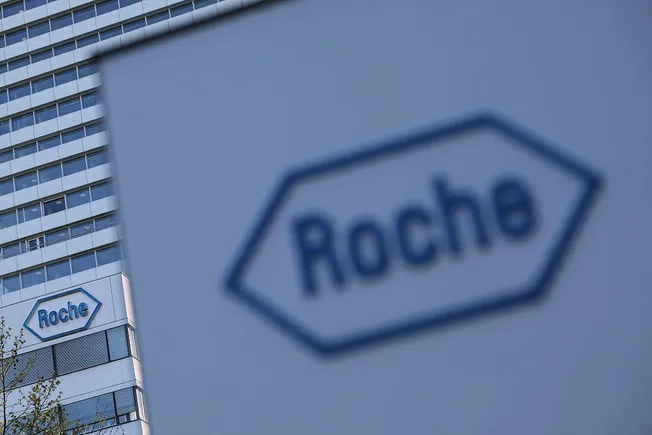
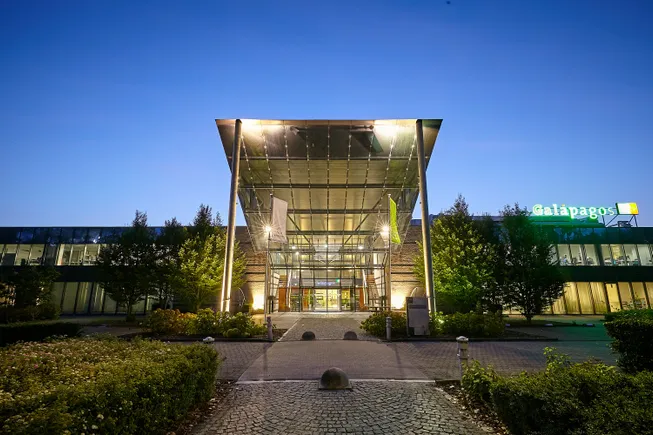




















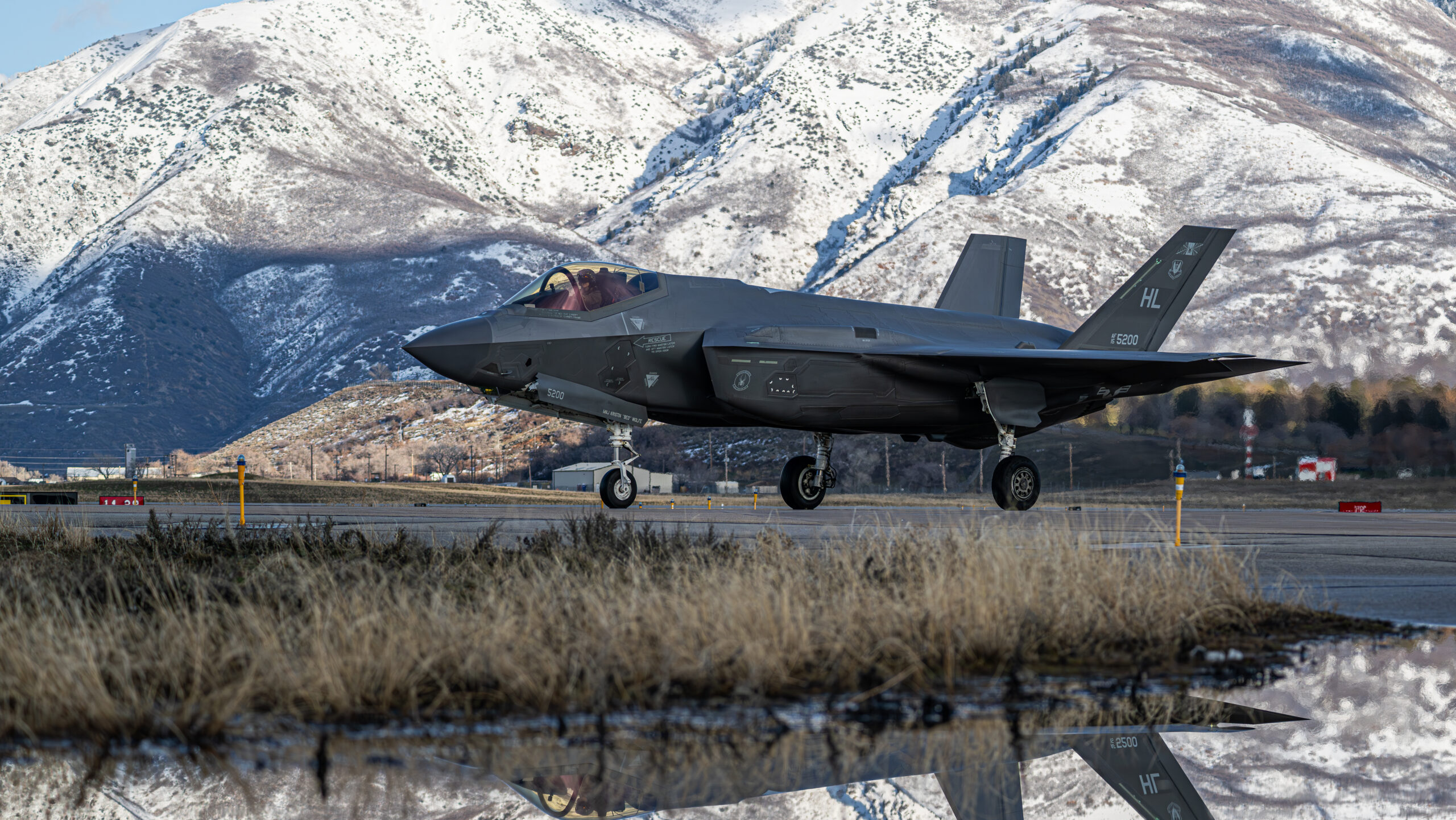





















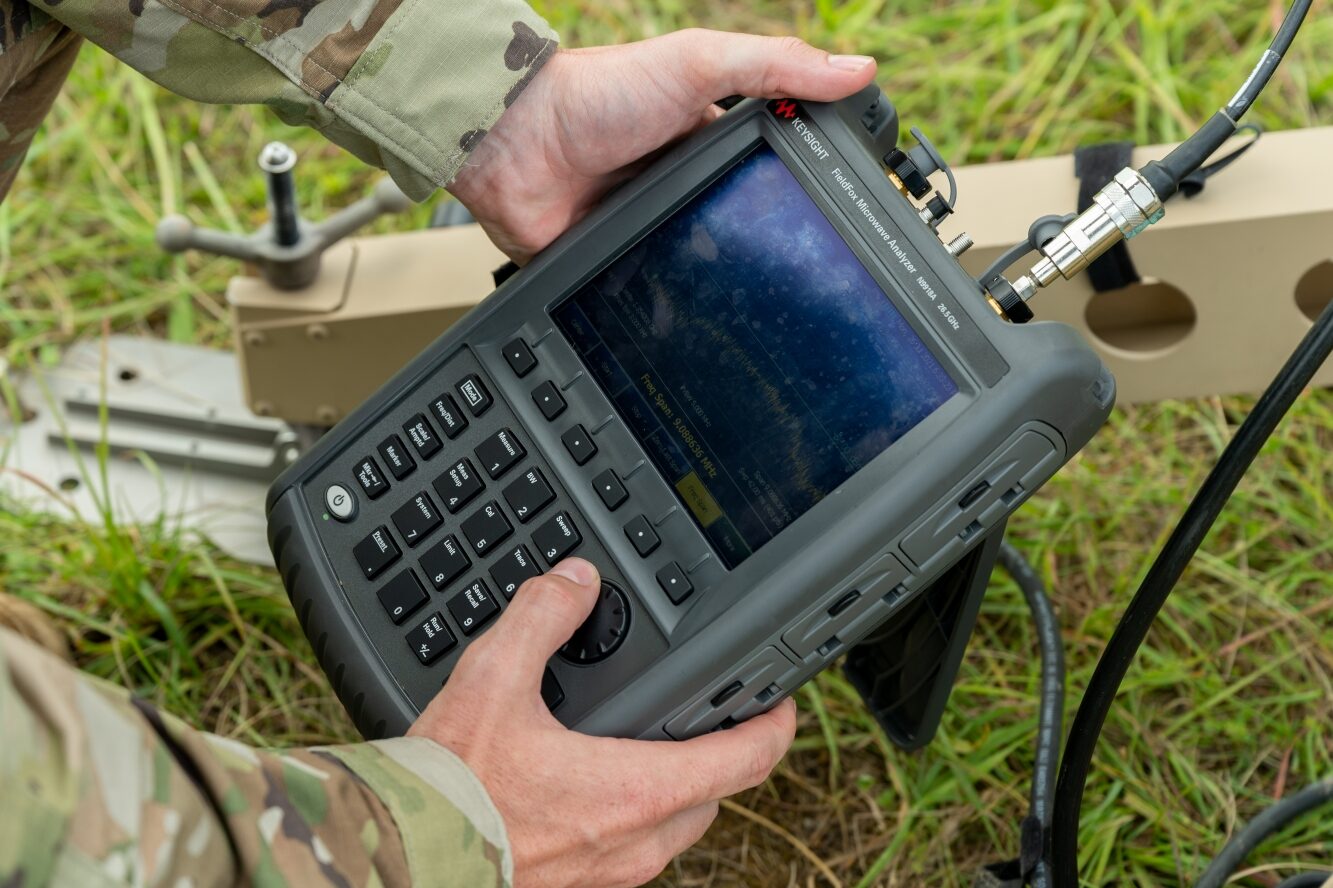




















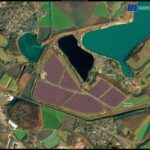








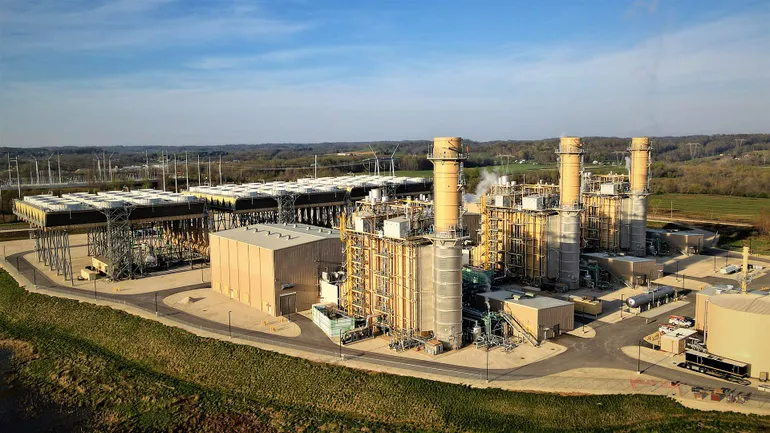








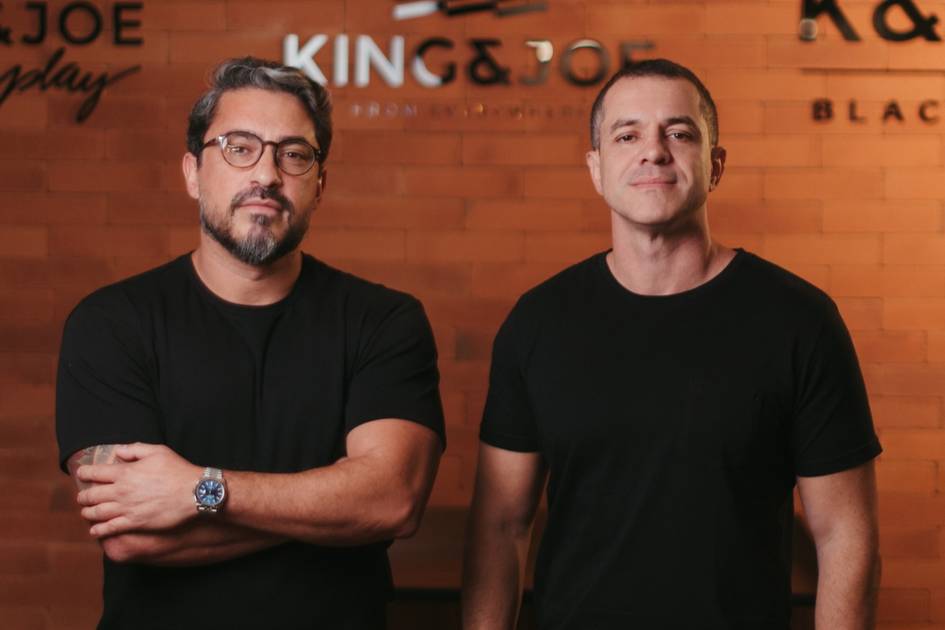












.jpg)










